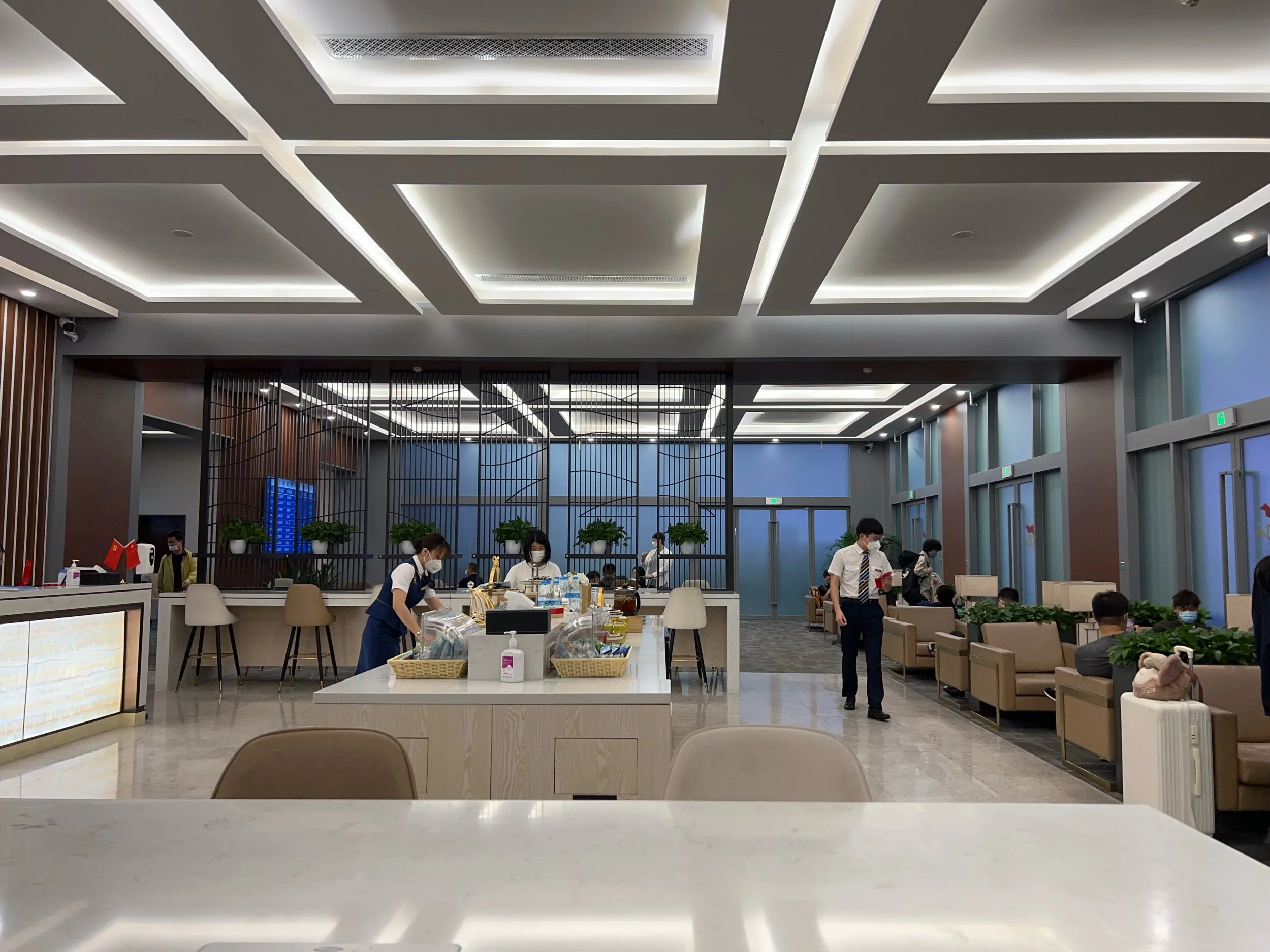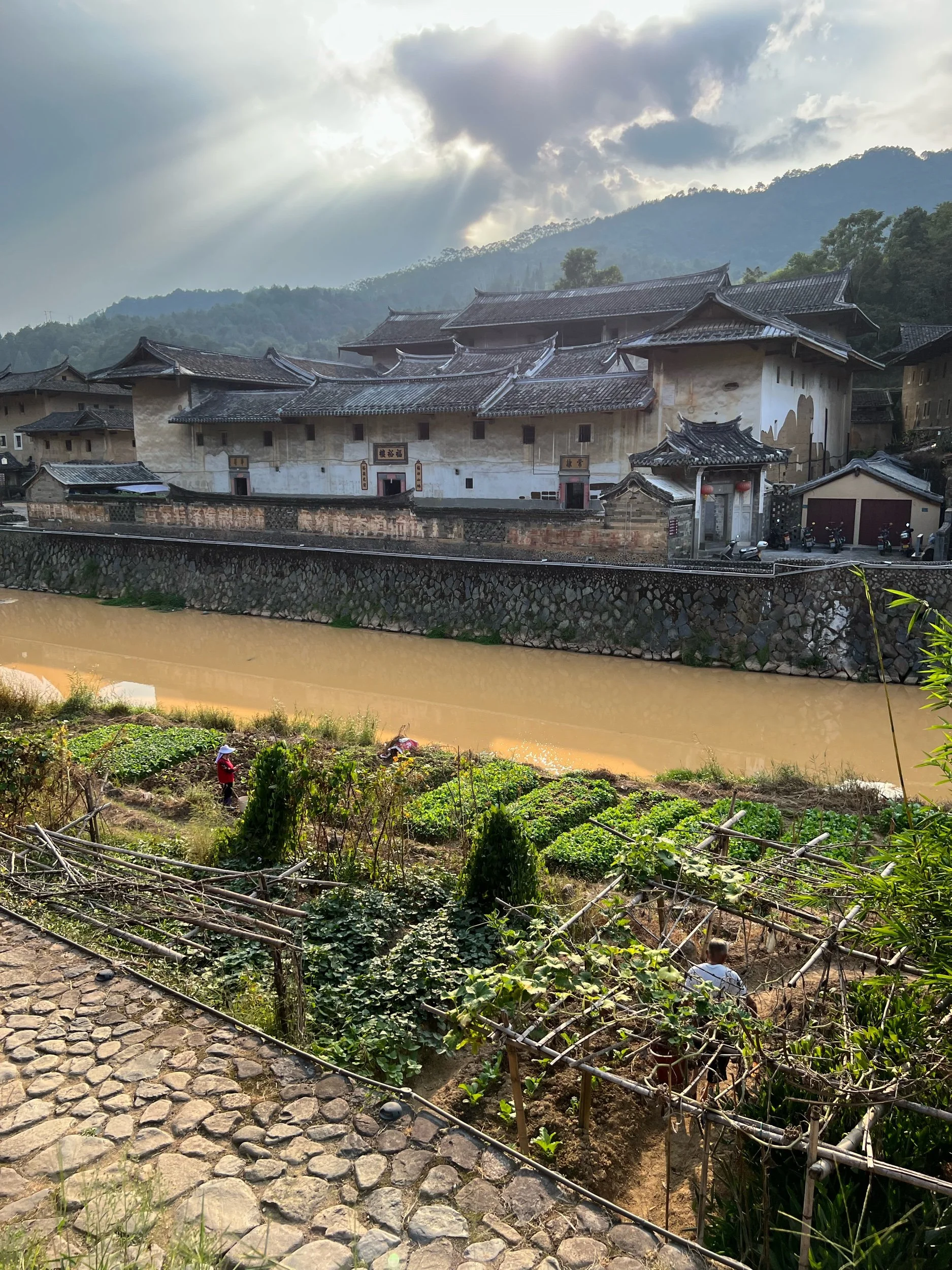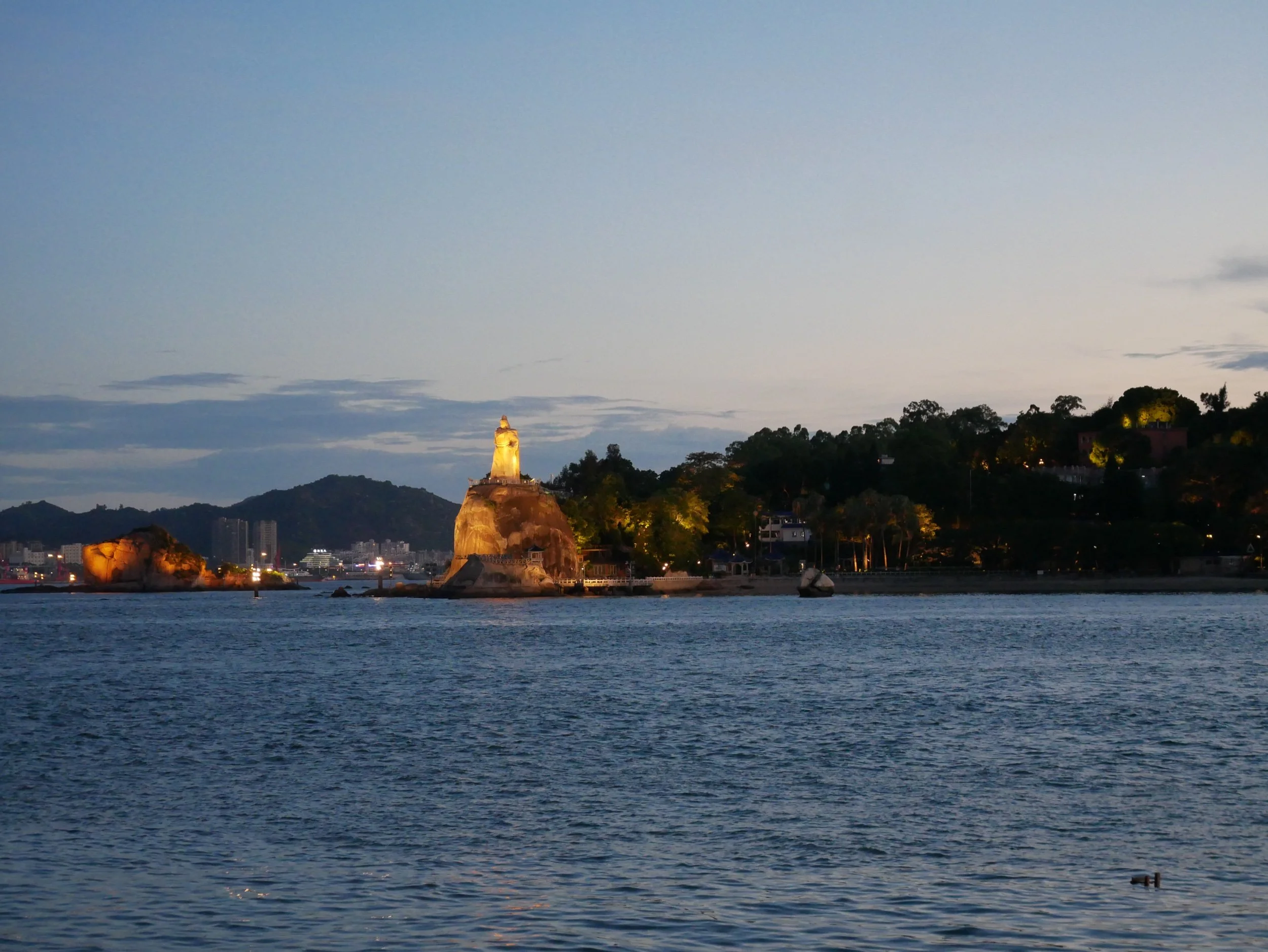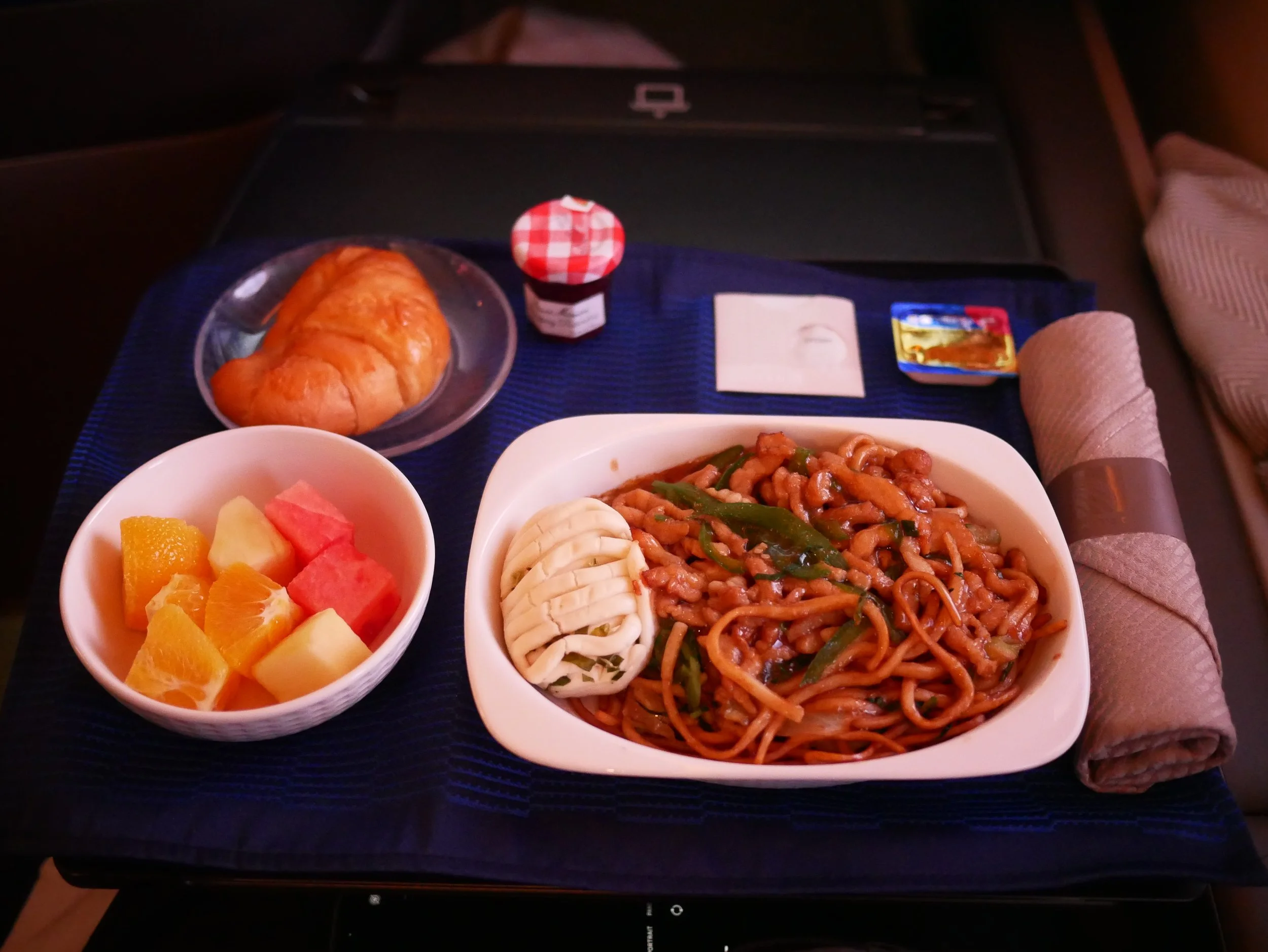Fujian/Guangdong Trip Report: China High Speed Rail Business Class Shanghai-Longyan
October holiday, aka National Day, aka Golden Week, is here. And after the Shanghai lockdown, there are two camps of people: 1) it’s such a hassle to travel now, and I don’t want to be locked down anywhere else, so I’ll just stay put in Shanghai, and 2) now that we are allowed to leave our house, let’s go somewhere, you never know when we’ll get locked down again. I belong to the latter group!
So I’m embarking on a week-plus-a-couple-days trip to Fujian and then into Guangdong provinces.
I wanted to see the Fujian tulou that I didn’t get to see last time when I was in Xiamen, and I also wanted a culinary adventure in Guangdong.
Learning from previous flight delays and cancellations, and seeing my colleagues choose to take a train instead of the plane to places as far as Xiamen, I decided to take the train to see the Fujian tulou. One of the Shanghai-to-Xiamen trains routes through an area closer to the tulou. Specifically, the Longyan station is closer to the Yongding tulou cluster by an hour, vs. Xiamen. So I can get out of the train earlier, plus spend less time on the road.
Originally I put in a reservation to leave October 1, but Trip.com was unsuccessful in buying the ticket when they became available. I saw that there was only one or two business class seats available on the previous day, September 30, so I grabbed that seat.
The trip is 5 hours 40 minutes from Shanghai Hongqiao station to Longyan station. I had never travelled so far in business class before!
The first benefit is being able to use the VIP check-in area, which is the FIRST drop-off area at the train station. A big difference when there is a line of cars waiting to get into the station because it’s already the start of peak travel time, and when there would be a crowd of people waiting to get through security and document check!
The document check, baggage scan, and metal detector leads directly into a spacious lounge.
Packaged snacks, teas, and bottled beverages were available.
I didn’t realize, once you enter, you go to the desk on the left. You scan the COVID-related venue control, and they also register you in their system. What that does is it allows them to personally advise each passenger when it’s time to board their train.
To help with that, they give you this numbered stand, like in a restaurant. When your train is ready to board, they get a printout like on a receipt, and they go through the lounge looking for the numbered stands, approaching each passenger very politely that it’s time to board, to which “check-in” (aka platform) to go to.
Arriving only 45 minutes before my train, I thought I was late. But I still had a good 15-20 minutes in the lounge before I was approached! I had a delicious honey-calamansi lime beverage, and took a bunch of packaged snacks to go.
Exiting the lounge, I could see that one can also enter through the terminal. The lounge is like a box on the side of the station.
By the time I reached the check-in lines, they were very short. Thankfully, at Shanghai-Hongqiao station, all of the automated document check gates accept foreign passports.
Time to board the train!
I was excited to see 2-1 seating.
Every passenger got a pair of slippers in a bag.
I was assigned a seat in the 2-seater side, but the person in the single seater and the person next to me had these huge golf bags that they put on the ground. So I offered to switch seats with the single seater - I think it was more comfortable for this couple to sit next to each other anyway.
Right after we left Shanghai, we were offered a choice of water, Coke, Sprite, or orange beverage, with a box of snacks.
I got a cup of water. The snacks looked quite familiar, both from the lounge in the train station, as well as from a Priority Pass lounge in Hongqiao airport.
An attendant also came around asking if we were going to have breakfast. I said yes, of course!
Now, I was expecting congee with some toppings and breads (that is what I had read on some website). But instead, we got an instant vegetable soup, and two Orion Pies.
The vegetable soup was not bad, but not at all filling, and rather salty.
The Orion Pie was, well, pre-packaged pastry.
I really like looking at the scenery on the train. On this trip, I also took advantage of the lie-flat horizontal seating, and slept. A lot! I got a few hours in after breakfast. The train departed at 6:52am, which meant I was up by 4:30am after a late night packing.
An attendant came around asking if I would be having lunch. I had wondered how this would work, given that passengers are boarding and disembarking at various points along the route. Basically, if one is onboard at 11am, one gets served lunch. I did ask specifically when we would be served lunch, so I could time my sleep!
We were given three choices: chicken leg, duck pieces, or pork. The descriptions were more lengthy but this is all I caught! I chose the duck.
What came was a tray that looked a lot like my hotel quarantine meals. And another one of those instant vegetable soups!
What the tray looks like unwrapped….
The main event was the duck apparently. It was braised, and quite tender. Not that much meat though, but it was tasty and a bit spicy. (The guy in the row in front asked for anything not spicy, and they suggested the duck. I wonder how spicy the chicken and pork were then!) There was also some bean paste sauce (I think) as a condiment to everything.
There was a side of shredded cabbage.
And a side of chicken or pork (maybe chicken?) with carrots (unpeeled), celery, and maybe celtuce? Unfortunately the food I think had been kept warm too long, steaming in their wrappers, which made the vegetables particularly soft and devoid of their regular texture.
And of course the vegetable soup. Somehow this time it didn’t taste as salty as at breakfast. Maybe I was getting used to it?
After another 1.5 hours, we arrived in Longyan station, about 5-10 minutes late. It seemed most people on the train were getting off here.
Exiting the station, I was pulled into a false sense of ease. There was no line to pass through the document check (which ensures you’ve paid the right fare).
Upon exiting that document check, THEN I came upon the real line. This was another document check, for some reason.
And when I got all the way to the front of the line on the left hand side, they told me to cross maybe 10 lines to the other side for manual check, because I had a passport. Ugh!
In this manual check area, someone manually wrote down my passport number and mobile phone number, asked where I was going (to see the tulou), and then let me go…
…to the next line. For passengers coming from outside of the province, we needed to do a PCR test.
This line went pretty quickly…
…just enough time to scan the WeChat mini-app to register for a testing code. Thankfully, I had just been in Xiamen last month, so I was familiar with Fujian’s system somewhat.
Once your registration generates a QR code, you can show it to the QR code scanner, and then get tested by the guy in the shipping container (well, it looks like that at least).
And then you’re “free” to go!







